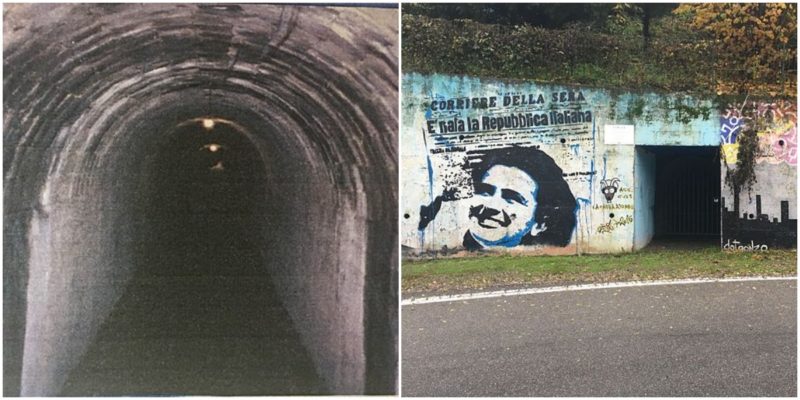The last months of World War II were extremely turbulent for Europe. The losing side was trying with all forces to escape their inevitable defeat and the winning side was trying to end the war with minimal causalities as soon as possible.
In the municipality of Marnate in the Province of Varese, Lombardy, Italy, are some tunnels that were dug into the hill during this period.
The tunnels form a bunker and the true purpose of this military structure has not been completely clarified. Some hypotheses are that it was used as an air-raid shelter, a deposit for documents and/or precious material, or a logistics hub.
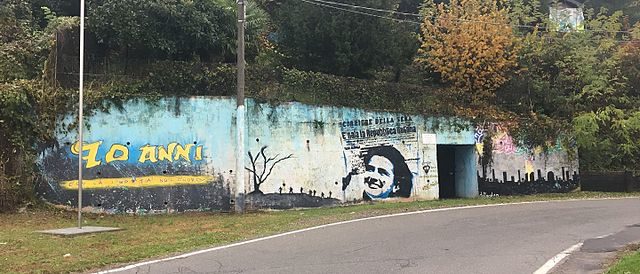
The structure is 469 ft long, 7 ft high, and 6 ft wide and was built out of cement and bricks. It has 4 entries and an interior staircase that leads to the blockhouse.
It is known by the locals as “the shelters” – “i rifugi” in Italian. It is very unlikely that it was used as an air-raid shelter as it would only have been able to house a small number of people.
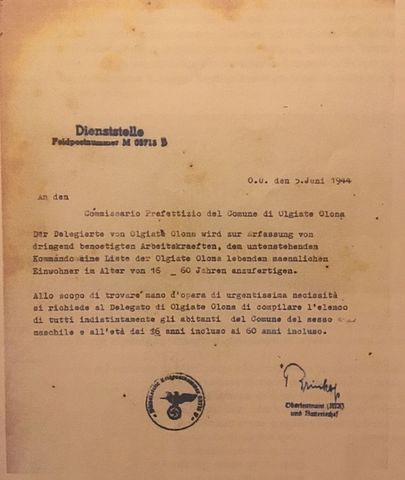
It was built around the same time as the start of operation Odessa – a secret Nazi underground escape plan started at the end of World War II by a group of SS officers.
The two events could be connected but there is not any publicly-known official document that shows that the tunnels were used for this operation. Operation Odessa was highly secret and shrouded in mystery and, throughout the years, it has become a myth.
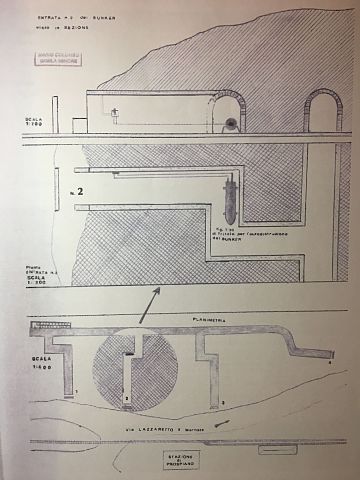
Some locals believe that the Germans used the bunker to store treasures from Italy that were to be transported to Germany and that the tunnels were originally much longer but some parts of them collapsed at the end of the war.
There is also an urban legend that some former soldiers returned to the bunker in the 1970s to excavate these treasures but did not accomplish their plans because of a car accident.
The treasure-storing theory is thought to be closest to the truth. According to American army documents, the bunker was planned to serve as a deposit for gold mud from the mines of Macugnaga.
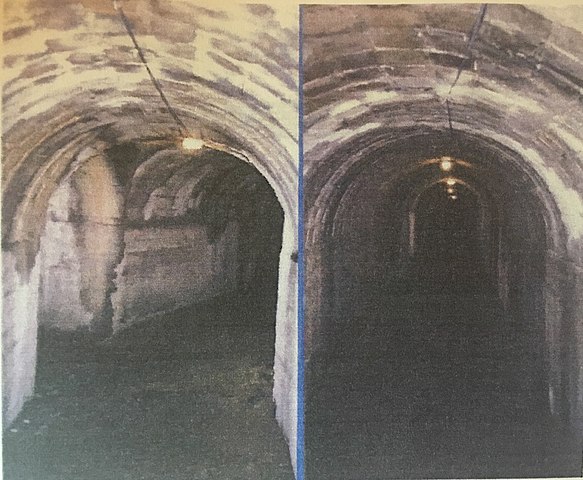
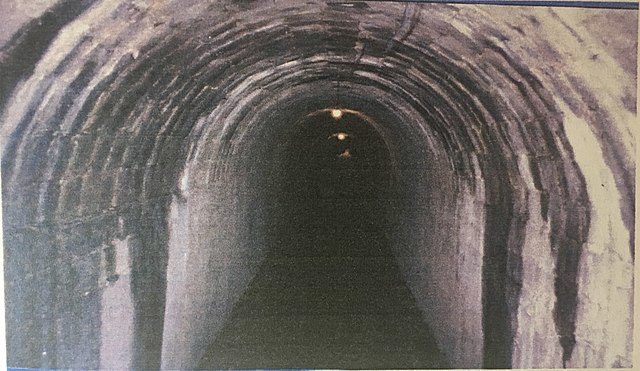
In September 1943, the high-ranking SS officer Karl Wolff became the Supreme SS and Police Leader in Italy. By 1945, he became the military commander of the territory of northern Italy.
During this period he authorized Captain Joseph Voettler to be in charge of the control of the Italian-Swiss border and to secure the safe transport of goods and machinery from Italy to Germany.
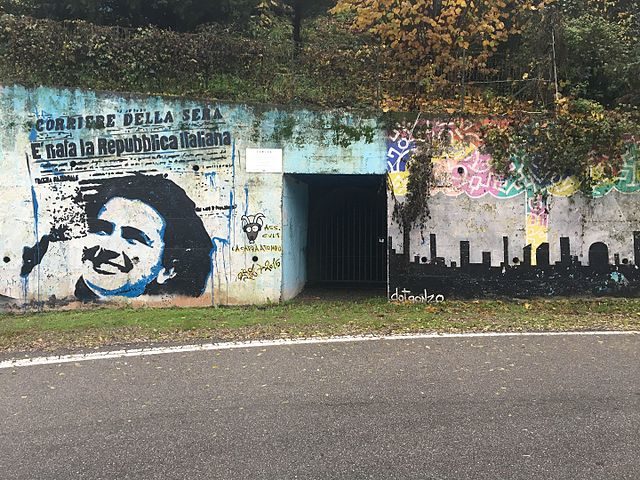
Captain Voettler made plans to transport gold mud from the Macugnana mines to Marnate. It would then be transported to Milan, processed into ingots, and then transported back to the bunker where it would wait to be sent to Mendrisio in Switzerland via the Valle Olona Railway.
The bunker would aid the stealthy movement of this operation and provide secure protection for the precious materials. General Wolff ordered the construction of the industrial bunker in Marnate because of its close proximity to the Prospiano train station and the command center of the German Army in Olgiate Olona.
The Germans decided to use the railway as a safer means of transport because military trucks in the region were often hit by Allied planes.

General Hans Leyers was assigned the head of the construction project. He was in charge of the RuK (Rüstung und Kriegsproduktion), a department for the control of armaments and war production in the Italian Social Republic.
The bunker was built in 2 months in the summer of 1944 by German soldiers and a company from Tyrol that specialized in defense buildings. The gold-collecting operation was stopped when the Partisans controlled Macugnana for a while. The Nazis regained control over the mines in October 1944.
They found 2.120 kg of golden mud – 250 kg of pure gold when processed – and two crates of golden blocks at 10,427 kg and 7,03 kg.
Everything was ready to send the gold to the bunker, but Benito Mussolini intervened saying that the precious material belonged to the Italian Social Republic and that it should be returned immediately.
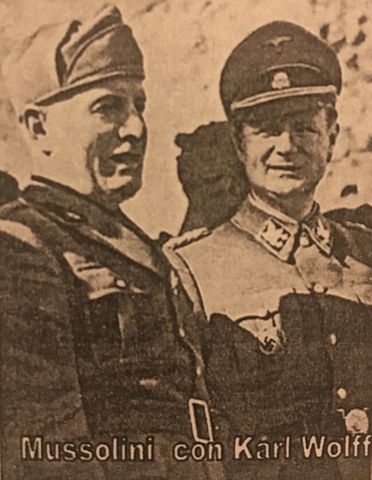
Instead of Marnate, the gold mud ended up in Monza and was delivered to the Bank of Italy. The crates were found at the end of the war in a bank in Garda. Not even a tiny bit of a gold dust arrived in Marnate.
The bunker was captured by two brigades of Partisans between 25th–26th April after a battle with German soldiers. They found only a 700 kg bomb ready to explode. After the war, the bunker was forgotten.
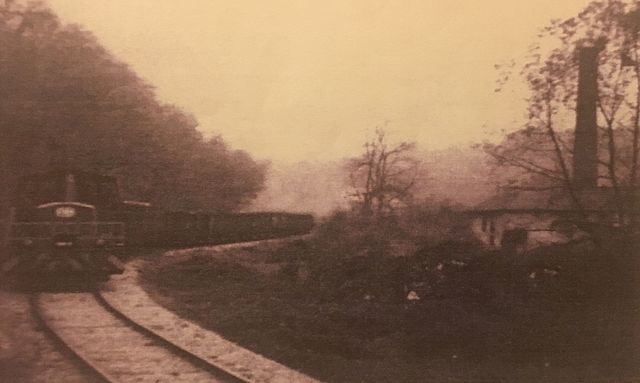
It was renovated in 1991 by the National Association of the Partisans of Italy (Associazione Nationale Partigiani d’Italia). In March 2015, parts of it were opened to the public.
The site functioned as a museum of the victims of World War II but was soon closed due to structural instability. On the external wall of the bunker is a mural from a 1946 cover of Italian newspaper Corriere della Sera that says “È nata la Repubblica Italiana” – “The Italian Republic is born.”
